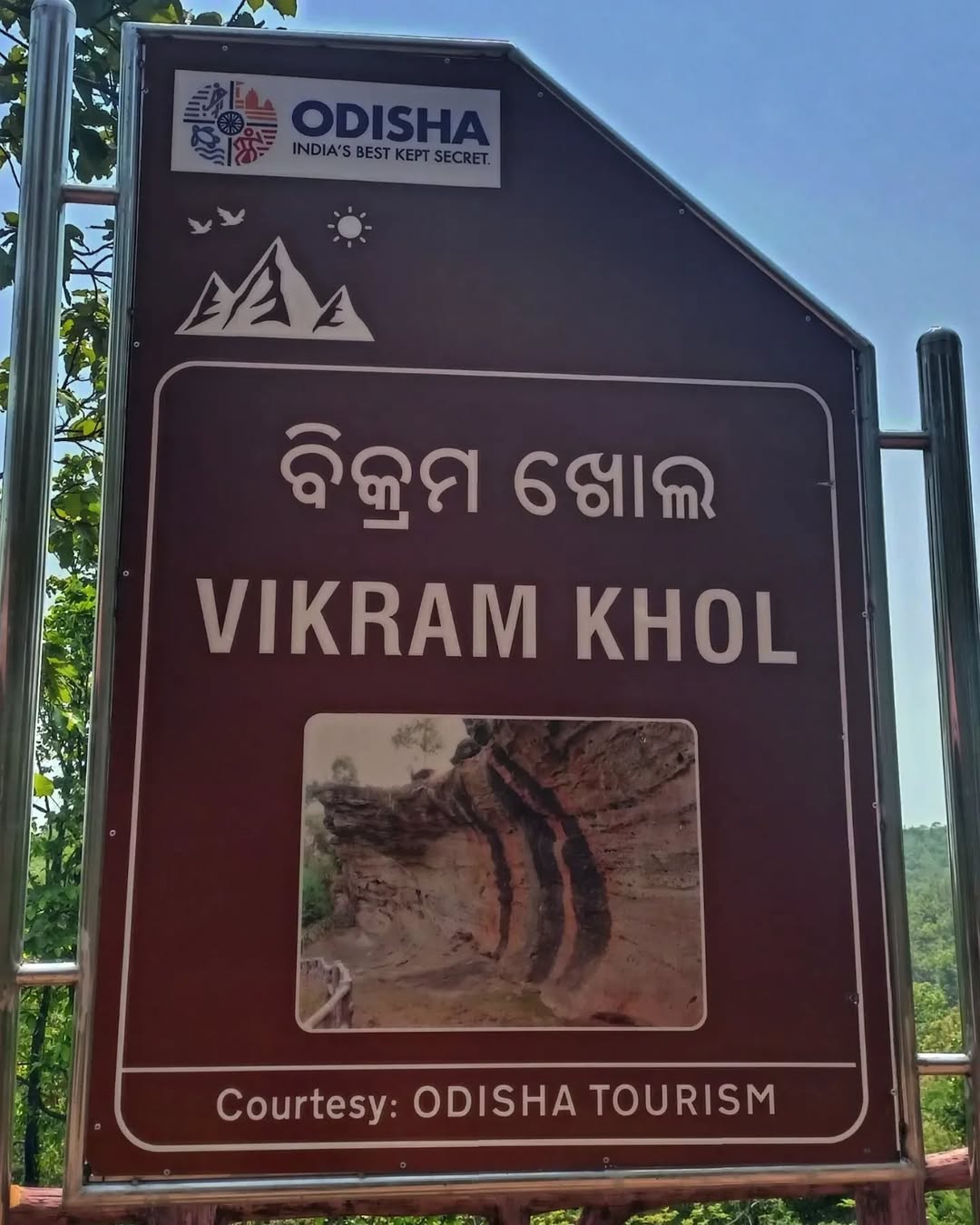Bikramkhol:-
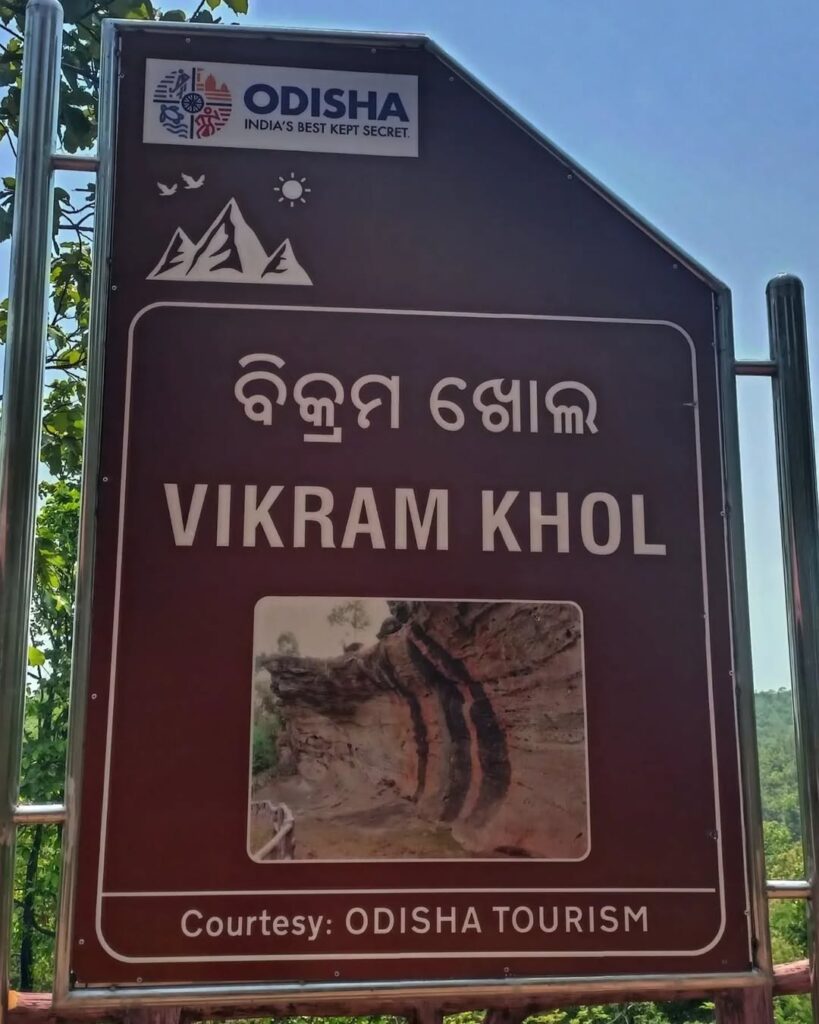
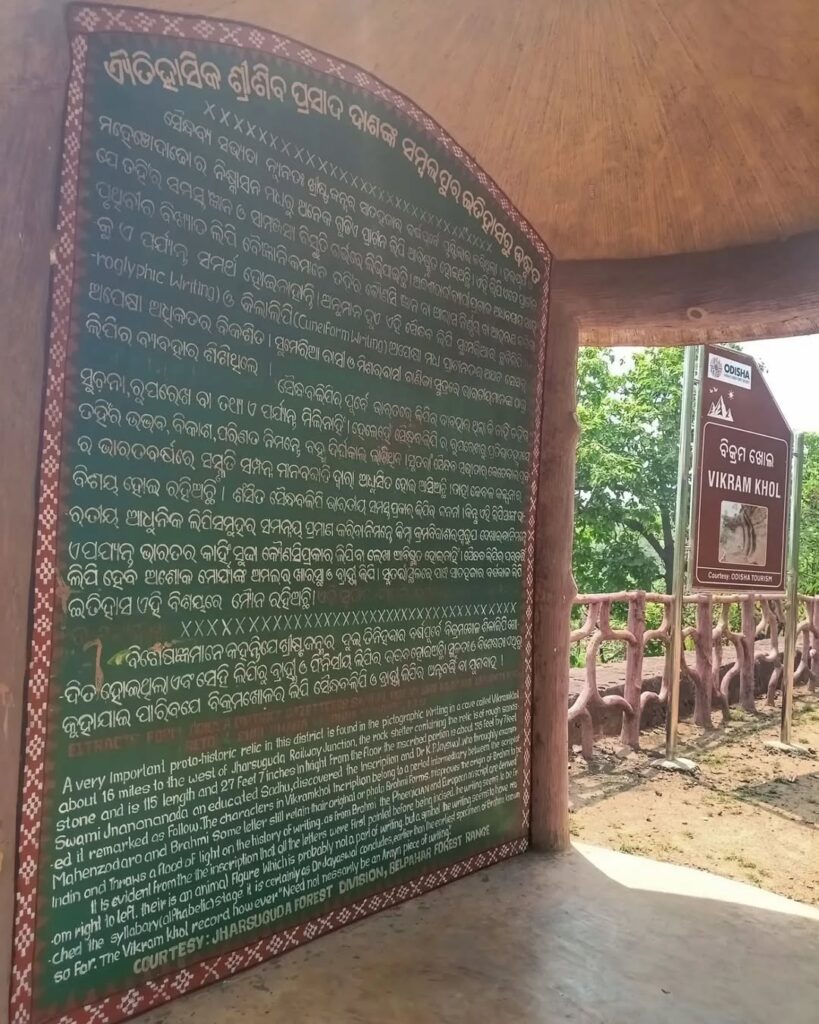
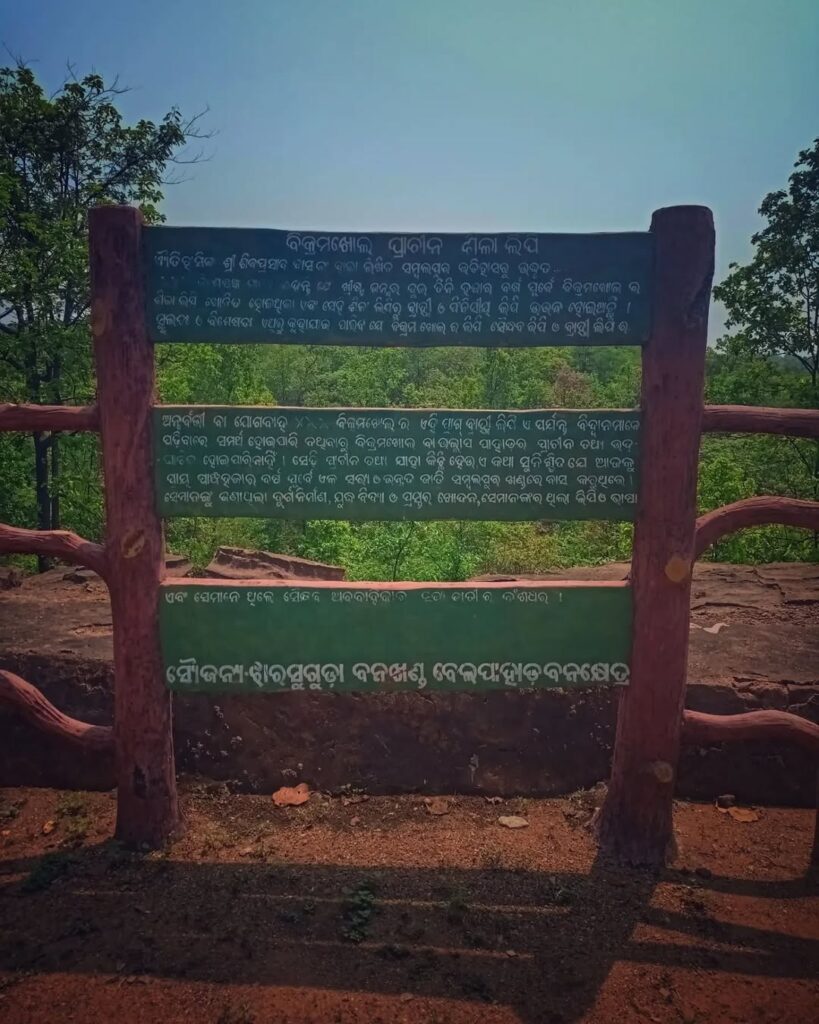
One of the most beautiful tourist place of Jharsuguda is Bikramkhol. It is situated in the Jharsuguda district of Odisha, India, is a site of immense historical and archaeological importance. Known for its ancient rock art and inscriptions, this place serves as a window into the prehistoric and early historic eras. The caves of Bikramkhol are not only a testament to human creativity and resilience but also an essential part of India’s cultural and historical heritage. Here’s an in-depth exploration of Bikramkhol and its significance. Bikramkhol is a treasure trove of history, art, and culture, offering a glimpse into the lives of early humans and ancient civilizations. Its rock inscriptions and prehistoric art are invaluable for understanding India’s past, while its natural beauty and spiritual significance make it a unique destination. Preserving and promoting Bikramkhol is essential not only for safeguarding our heritage but also for educating future generations about the richness of India’s history. A visit to this remarkable site is a journey back in time, offering an unforgettable experience of discovery, wonder, and inspiration.
Geographical Location and Setting
Bikramkhol is located approximately 30 kilometers from Jharsuguda town, near the village of Banjari. Nestled amidst rugged hills and dense forests, this site offers a serene yet intriguing atmosphere. The natural surroundings, combined with the historical allure of the caves, make it a compelling destination for history enthusiasts and nature lovers alike. The area is rich in biodiversity, with a variety of flora and fauna contributing to its ecological significance. The nearby Hirakud Dam and Mahanadi River enhance the scenic beauty of the region, making Bikramkhol an attractive spot for visitors seeking a blend of nature and history.
Historical and Archaeological Significance
Bikramkhol is primarily known for its ancient rock shelters and cave inscriptions. The site is believed to have been inhabited during the prehistoric period, making it a valuable resource for understanding early human settlement and activities in this part of India. Archaeologists have uncovered numerous artifacts and inscriptions that shed light on the lives of the people who once dwelled here. School and college children read about this place in Odisha History.
Natural Beauty and Surroundings
The natural setting of Bikramkhol enhances its appeal. Surrounded by hills, forests, and small streams, the site offers a peaceful retreat for visitors. The caves are carved into a rocky hillside, providing panoramic views of the surrounding landscape. The sound of rustling leaves, chirping birds, and flowing water adds to the site’s tranquil ambiance. The nearby Banjari village offers a glimpse into rural life in Odisha. Visitors can interact with the villagers, learn about their traditional crafts and practices, and enjoy the warm hospitality of the local community.
Cultural and Religious Importance
Bikramkhol is not just an archaeological site; it also holds cultural and religious significance. The caves are considered sacred by local communities, who believe them to be the dwelling place of ancient sages and spirits. Periodic rituals and offerings are made at the site, blending historical reverence with contemporary faith. During festivals like Makar Sankranti and Shivaratri, local people gather at Bikramkhol to perform traditional ceremonies and seek blessings. These practices have helped preserve the site’s spiritual heritage while fostering a sense of community among the locals.
The Rock Inscriptions
One of the most striking features of Bikramkhol is its rock inscriptions, which date back to around 200 BCE to 300 CE. These inscriptions are etched onto the walls of the caves and are written in Brahmi script, one of the earliest writing systems used in ancient India. Although the inscriptions are not fully deciphered. They are believed to contain records of religious practices, administrative orders, or socio-political events.
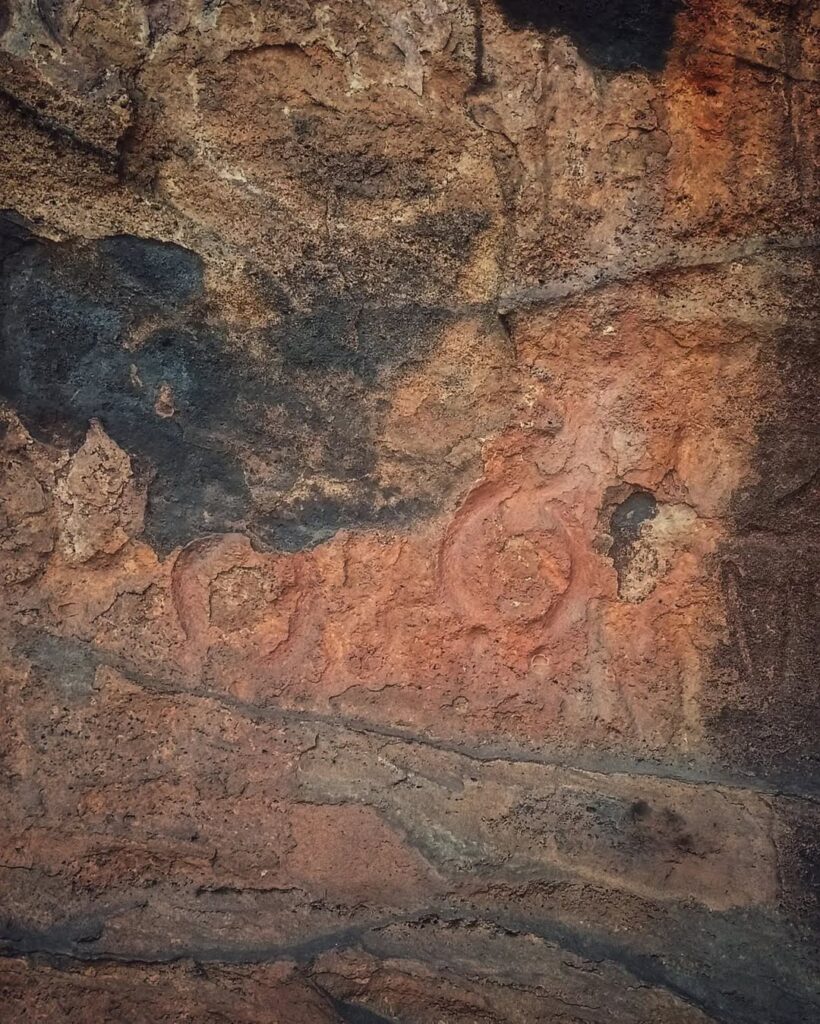
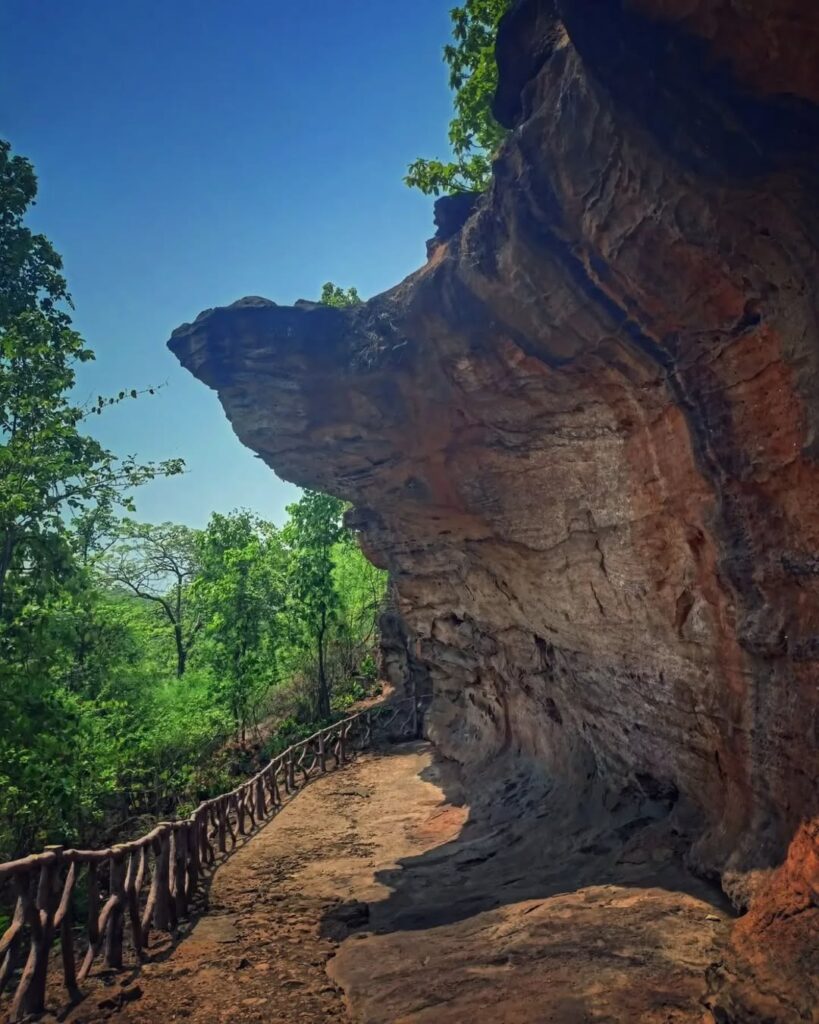
The presence of Brahmi script suggests that the region was influenced by early Indian civilizations, possibly during the Mauryan or post-Mauryan periods. This highlights Bikramkhol’s role as a significant site for cultural exchange and governance during ancient times.
Prehistoric Rock Art
Apart from inscriptions, Bikramkhol is also renowned for its prehistoric rock art. These paintings, drawn using natural pigments, depict various scenes from the daily lives of early humans. Common motifs include hunting scenes, animal figures, and abstract symbols, which provide valuable insights into the socio-economic and cultural practices of the time. The rock art showcases the artistic ingenuity of prehistoric people and their deep connection with nature. It also hints at the spiritual or ritualistic importance of the site, as some of the symbols are believed to have been used in religious ceremonies.
Archaeological Discoveries and Research
Over the years, Bikramkhol has attracted the attention of historians, archaeologists, and researchers. Excavations at the site have unearthed various tools, pottery fragments, and other artifacts that provide clues about the lifestyle and technological advancements of early inhabitants. These findings suggest that the site was a thriving center for human activity during both the prehistoric and early historic periods. The rock inscriptions have also sparked scholarly interest, with efforts underway to decode their meanings. If successfully deciphered, these inscriptions could reveal valuable information about the political, economic, and cultural history of the region.
Challenges in Preservation of Bikramkhol
Despite its historical importance, Bikramkhol faces several challenges in terms of preservation and maintenance. Factors such as weathering, human interference, and lack of proper infrastructure have posed threats to the site’s integrity. Unauthorized graffiti and vandalism have also damaged some parts of the rock art and inscriptions. To address these issues, efforts are being made by the Archaeological Survey of India (ASI) and local authorities to protect and promote the site. Conservation measures include cleaning and restoring damaged areas, installing protective barriers, and raising awareness among visitors about the importance of preserving the site’s heritage.
Tourism Potential
Bikramkhol has immense potential as a tourist destination. Its historical significance, combined with its natural beauty, makes it an ideal spot for educational tours, cultural excursions, and eco-tourism activities. To tap into this potential, the following initiatives can be undertaken:
Infrastructure Development:
Improving access roads, setting up visitor centers, and providing basic amenities like restrooms and drinking water.
Guided Tours:
Training local guides to offer informative tours about the site’s history, archaeology, and cultural importance.
Eco-Friendly Practices:
Encouraging sustainable tourism practices to minimize environmental impact and ensure the site’s long-term preservation.
Cultural Events:
Organizing festivals, workshops, and exhibitions to celebrate the site’s heritage and attract more visitors.
Best Time to Visit
weather is cool and pleasant. This season is ideal for exploring the caves, trekking through the surrounding forests, and enjoying the natural beauty of the area.
How to reach
By Air:
The nearest airport is Veer Surendra Sai Airport in Jharsuguda which is about 37 km to Bikramkhol. The Airport is well connected to major cities. You can take private taxi aur bus on rent.
By Rail:
The Jharsuguda Railway Station is the closest railhead, with frequent trains from major cities in India. The distance from Jharsuguda Railway Station to Bikramkhol is about 33km. You can visit from Raigarh railway station of Chhattisgarh state which is about 49 km.
By Road:
Regular bus services and private taxis are available from Jharsuguda town to Koilighughar. The distance from busstand is approximately 33 km.
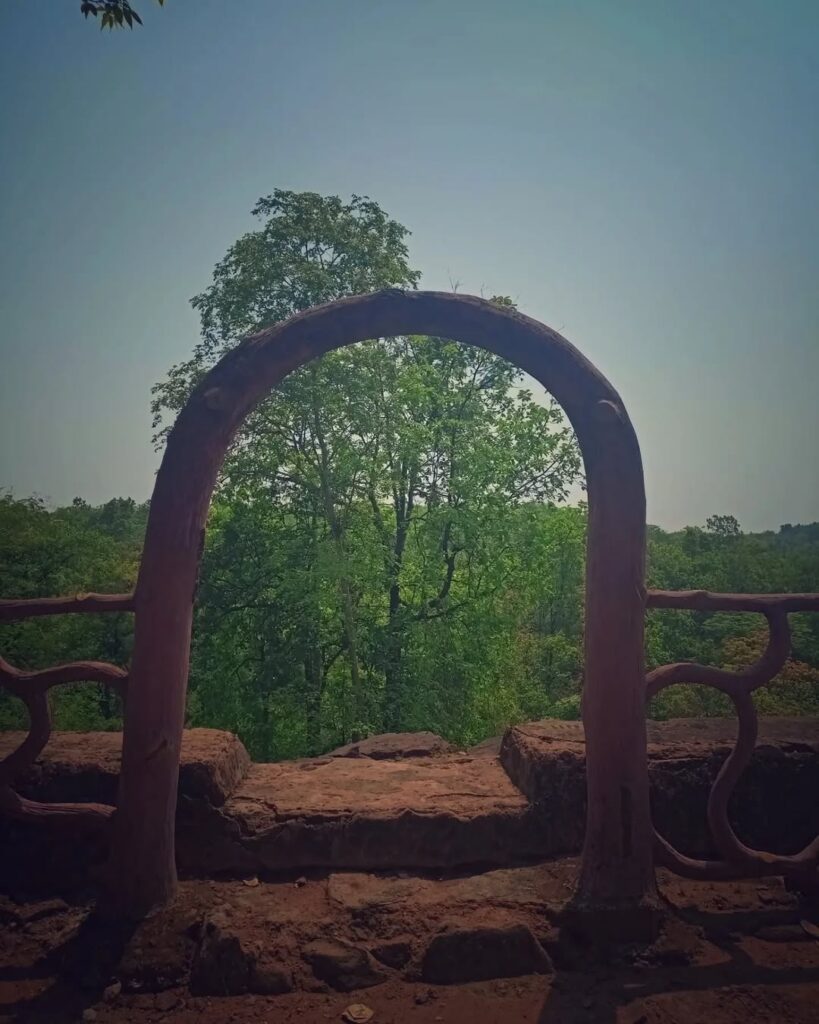
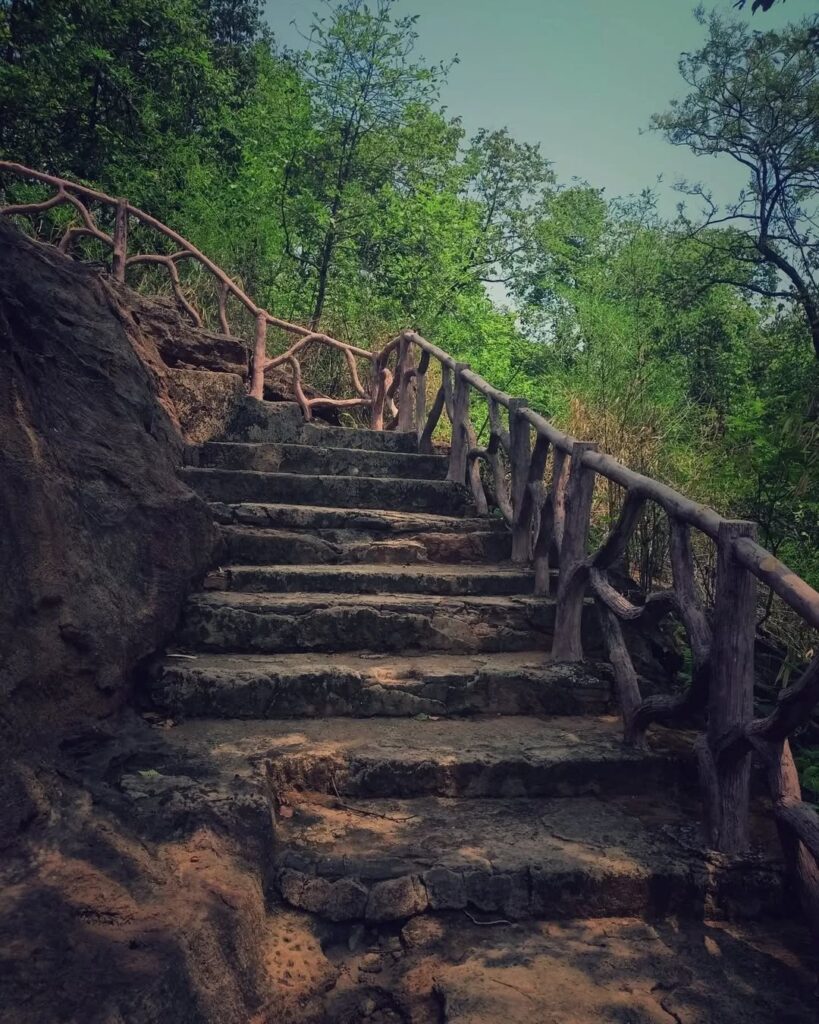
Other Tourist Places:-
Koilighughar, Jharsuguda , Odisha
Follow our Facebook page
